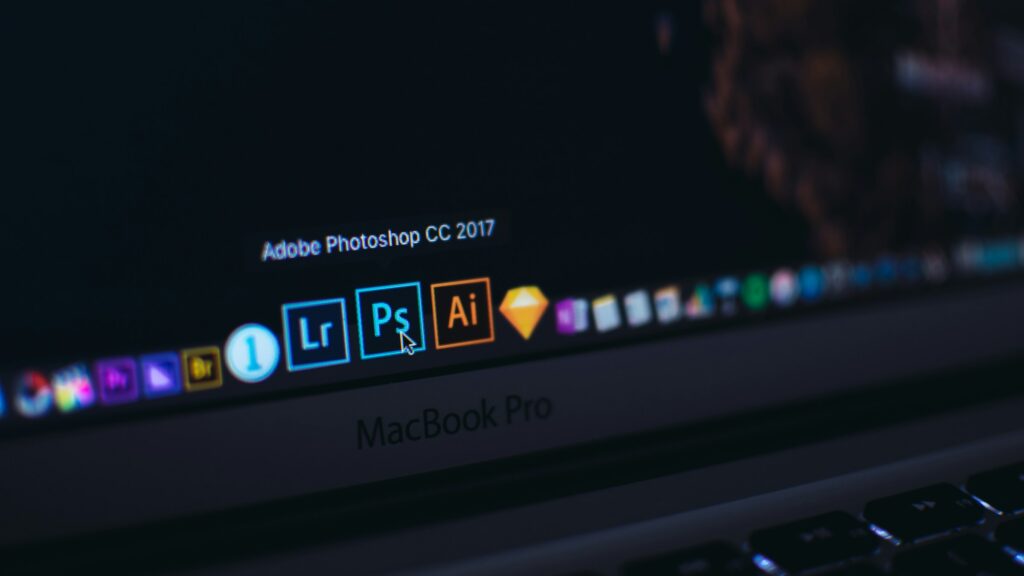Adobe Photoshop is a raster graphics editor developed and published by Adobe Inc. for Windows and macOS. It was created in 1987 by Thomas and John Knoll. Since then, the software has become the most used tool for professional digital art.
In this blog post, we’ll explore the advantages and disadvantages of using Adobe Photoshop for digital art, shedding light on its capabilities and limitations.

Advantages:
Versatility in Digital Drawing:
Adobe Photoshop stands out for its versatility in digital drawing. Whether you’re a seasoned digital artist or just starting, Photoshop provides a wide range of brushes, textures, and tools, enabling artists to create a diverse array of digital masterpieces.
Integration with Creative Cloud:
The seamless integration with Adobe Creative Cloud allows digital artists to sync their work across devices. This feature is especially handy for artists on the go, providing a consistent experience whether you’re working on a desktop or a tablet.
Extensive Editing Capabilities:
Photoshop’s powerful editing capabilities are a boon for digital artists. The software offers a multitude of filters, adjustments, and layer effects that empower artists to refine and enhance their creations with precision.
Vast Community and Resources:
Being a popular choice among digital artists, Adobe Photoshop boasts a vast community and numerous online resources. Tutorials, forums, and social media groups offer support and inspiration, making it easier for artists to enhance their skills and stay connected with the digital art community.
Disadvantages:
Subscription-Based Model:
One of the significant drawbacks of Adobe Photoshop is its subscription-based model. While it provides access to the latest updates and features, some artists may find the recurring cost burdensome, especially if they are just starting or on a tight budget.
Learning Curve:
Photoshop’s extensive features come with a learning curve. For beginners, navigating through the various tools and options might be overwhelming initially. While the extensive tutorials available can help, some artists may prefer more user-friendly interfaces found in other digital art software.
Resource Intensive:
Adobe Photoshop can be resource-intensive, requiring a robust computer system to run smoothly. This can be a limitation for artists working on older or less powerful devices, potentially hindering their creative process.
Not Tailored for Vector Art:
While Photoshop excels in raster-based art, it may not be the best choice for artists focusing on vector illustrations. Dedicated vector software like Adobe Illustrator might be more suitable for those specific needs.
Conclusion:
In conclusion, Adobe Photoshop remains a powerhouse for digital art, offering plenty of tools and features that cater to the diverse needs of digital artists. Its versatility and integration with the Creative Cloud contribute to its popularity.
However, the subscription model, learning curve, resource intensity, and limitations for vector art are factors artists should consider when choosing their preferred digital drawing platform.
What has been your experience with Adobe Photoshop for digital art? Feel free to share your thoughts and insights in the comments below!
Leave a comment and let us know your thoughts on using Adobe Photoshop for your digital art journey!
